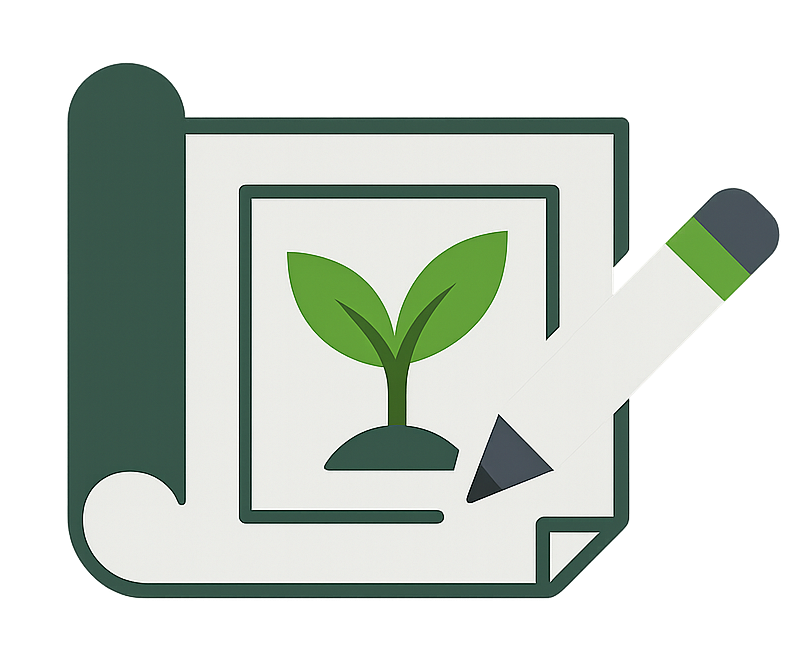A nation that destroys its soils destroys itself.


C-Biotech provides holistic solutions for environmental and climate challenges and is part of the Cordeel family.
We join forces to provide a nature-based alternative solution for soil remediation.
We give forever chemicals an expiration date. Through nature-based technologies, we turn toxic, abandoned soils into land that sustains life, livelihoods, and future generations.
What do non-stick pans, waterproof jackets, and even toilet paper have in common?
They can all contain per- and polyfluoroalkyl substances — or PFAS. Over the past 70 years, these synthetic "forever chemicals" have become widespread in countless everyday products. As a result, PFAS pollution has become a global crisis, especially in heavily industrialized areas.
PFAS are prized for their durability and resistance — but these same qualities make them nearly impossible to break down. They accumulate in soil, water, wildlife, and even in our bodies, with serious consequences for ecosystems and human health.
Once soil is contaminated, it can no longer be used for farming, construction, or community development. A small fraction is excavated and treated through expensive, energy-intensive methods. Some is dumped into landfills. But most contaminated land is simply left behind — toxic, idle, and abandoned.
Until now.
We use industrial hemp in combination with Hempurizer+ — our patented soil additive — to extract PFAS from contaminated soils. Hemp plants absorb PFAS and accumulate them in their leaves, while Hempurizer+ acts as the catalyst that makes this process possible. At the end of the growth season, the hemp plants are harvested, and the contaminated plant matter is handled according to current waste regulations.
The treated soil is now safe, fertile, and ready to serve communities once again.

Every pollution case is unique. We begin with a thorough site assessment to understand the specific contaminants, environmental conditions, and challenges involved.

Based on our analysis, we implement a proven phytoremediation strategy using hemp and our specialized soil additives, designed to enhance PFAS uptake — delivering effective, sustainable, in-situ remediation.

We don’t just implement solutions — we track their success. In partnership with internationally accredited laboratories, we monitor PFAS levels and provide transparent, data-driven progress reports.